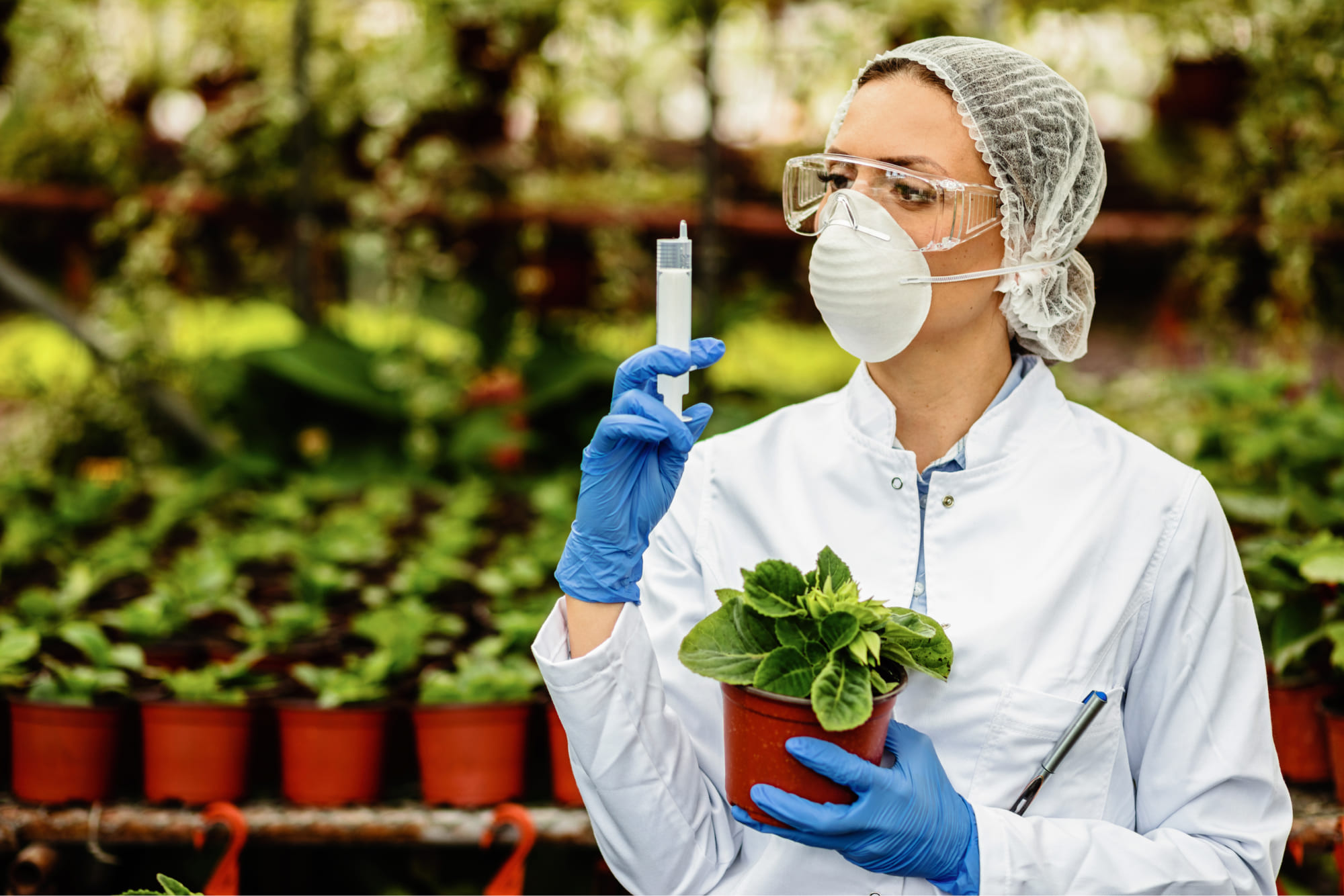Environmental Testing
Extreme Temperatures: Assessing how a product or material performs under extreme temperatures, both high and low, ensures its resilience in diverse climates and operational conditions.
-
Temperature Testing
Foreign Object Detection: Screening for physical contaminants such as glass, metal, plastic, or wood that may inadvertently enter the food during processing or packaging. Particle Size Analysis: Ensuring that the size of particles in food products complies with safety standards, preventing potential choking hazards.
-
Humidity and Moisture Testing
High Humidity: Evaluating resistance to humidity is crucial, particularly for products or materials deployed in humid environments, to prevent degradation or malfunctions. Moisture Resistance: Assessing how well a sample withstands direct exposure to moisture, rain, or water helps ensure longevity and functionality.
-
Vibration and Shock Testing
Vibration: Simulating vibrations helps evaluate the impact of mechanical oscillations on the structural integrity of products, ensuring they can withstand transportation or operational vibrations. Shock: Testing for shock resistance assesses how well a sample withstands sudden impacts or collisions, ensuring durability in transit or in the field.
-
UV Radiation and Sunlight Exposure
UV Aging: Evaluating how well materials resist UV radiation helps predict their long-term performance, particularly for outdoor applications where prolonged sun exposure is a factor.
-
Salt Spray Testing
Corrosion Resistance: Testing in a salt spray chamber assesses a sample's ability to resist corrosion in salt-laden environments, such as coastal or marine settings.
-
Chemical Exposure Testing
Chemical Compatibility: Exposure to various chemicals helps evaluate a sample's resistance to corrosion, degradation, or chemical reactions, ensuring compatibility with potential environmental exposures.
-
Altitude Testing
Low Pressure: Simulating low-pressure conditions, as encountered at high altitudes, helps assess how products or materials perform in aerospace or mountainous applications.
-
Abrasion and Wear Testing
Abrasion Resistance: Assessing a sample's resistance to abrasion and wear helps predict its durability over time, especially in applications prone to friction or mechanical contact.
-
Electromagnetic Compatibility Testing
EMI/RFI Resistance: Evaluating electromagnetic interference (EMI) and radiofrequency interference (RFI) resistance ensures that electronic devices can operate reliably in environments with electromagnetic challenges.
-
Accelerated Aging Testing
Life Expectancy: Accelerated aging tests expose samples to intensified stress factors such as temperature, humidity, and UV radiation to predict their performance over an extended period.
-
Biodegradability Testing
Environmental Impact: Assessing a product or material's biodegradability helps gauge its environmental impact and sustainability, particularly for items with potential end-of-life disposal concerns.
Pharmaceutical raw material testing is a critical phase in the pharmaceutical manufacturing process, playing a pivotal role in guaranteeing the safety, efficacy, and quality of the final drug
Read MoreWater testing is a crucial process aimed at assessing the quality and safety of water for various purposes, including drinking, recreational activities, industrial use, and environmental
Read MoreMedical device testing is a thorough process conducted to verify the safety, reliability, and regulatory compliance of medical devices. It involves assessing the performance, usability
Read MoreCosmetic testing is a comprehensive process that involves various laboratory analyses to assess the safety, quality, and sensory attributes of cosmetic products. These analyses encompass
Read MoreHerbal products, derived from plant sources, are subject to rigorous testing to ensure their safety, quality, and compliance with regulations. Testing focuses on various aspects, with a key emphasis
Read MoreFood Testing Is A Crucial Component Of The Food Industry, Aimed At Verifying The Safety, Quality, And Compliance Of Food Products With Established Standards And Regulations. It
Read MoreOil Testing Plays A Crucial Role In Maintaining Product Quality And Compliance With Safety And Environmental Standards. From Refining To Distribution, The Process Of Oil Testing Involves
Read MoreElectrical testing refers to a series of evaluations and assessments conducted on electrical components, systems, and devices to ensure their safety, reliability, and performance. These tests are designed to verify compliance with industry standards, regulatory requirements, and specific performance criteria.
Read MoreMechanical Testing In various industries, Mechanical testing plays a pivotal role in ensuring the quality and reliability of materials and products. From manufacturing to construction, Mechanical testing encompasses several essential components
Read MoreBuilding material testing is crucial for ensuring the quality, safety, and compliance of construction materials used in various building projects. Similar to oil testing, building material testing involves several key components
Read More




